2004
Type of resources
Available actions
Topics
Keywords
Contact for the resource
Provided by
Groups
Years
Representation types
Update frequencies
status
Scale
-

Drinking water shortage (level « red »)
-

Drinking water shortage (level « orange »)
-

Chemical status of the water bodies 2009
-
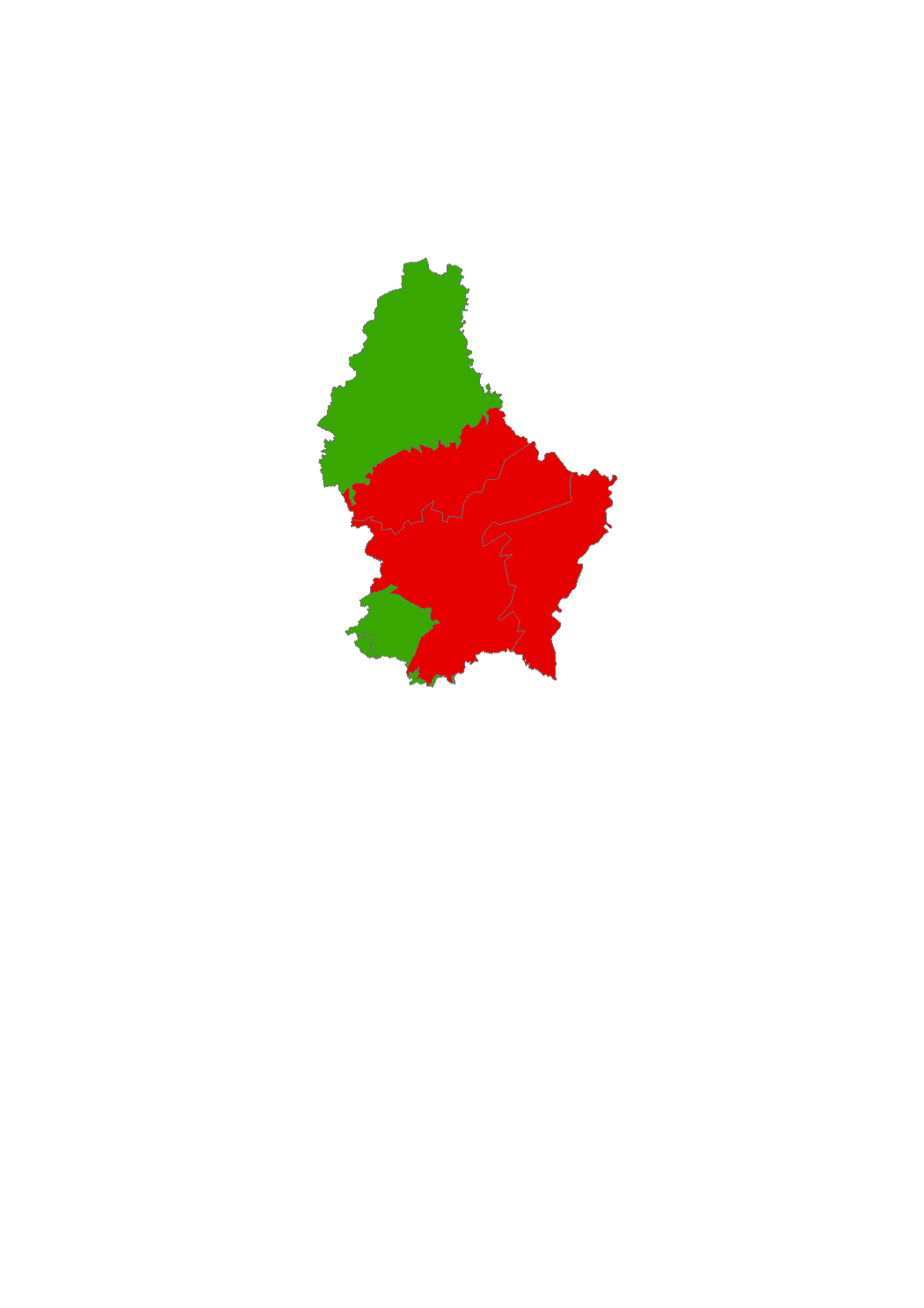
Status of the water bodies 2009
-
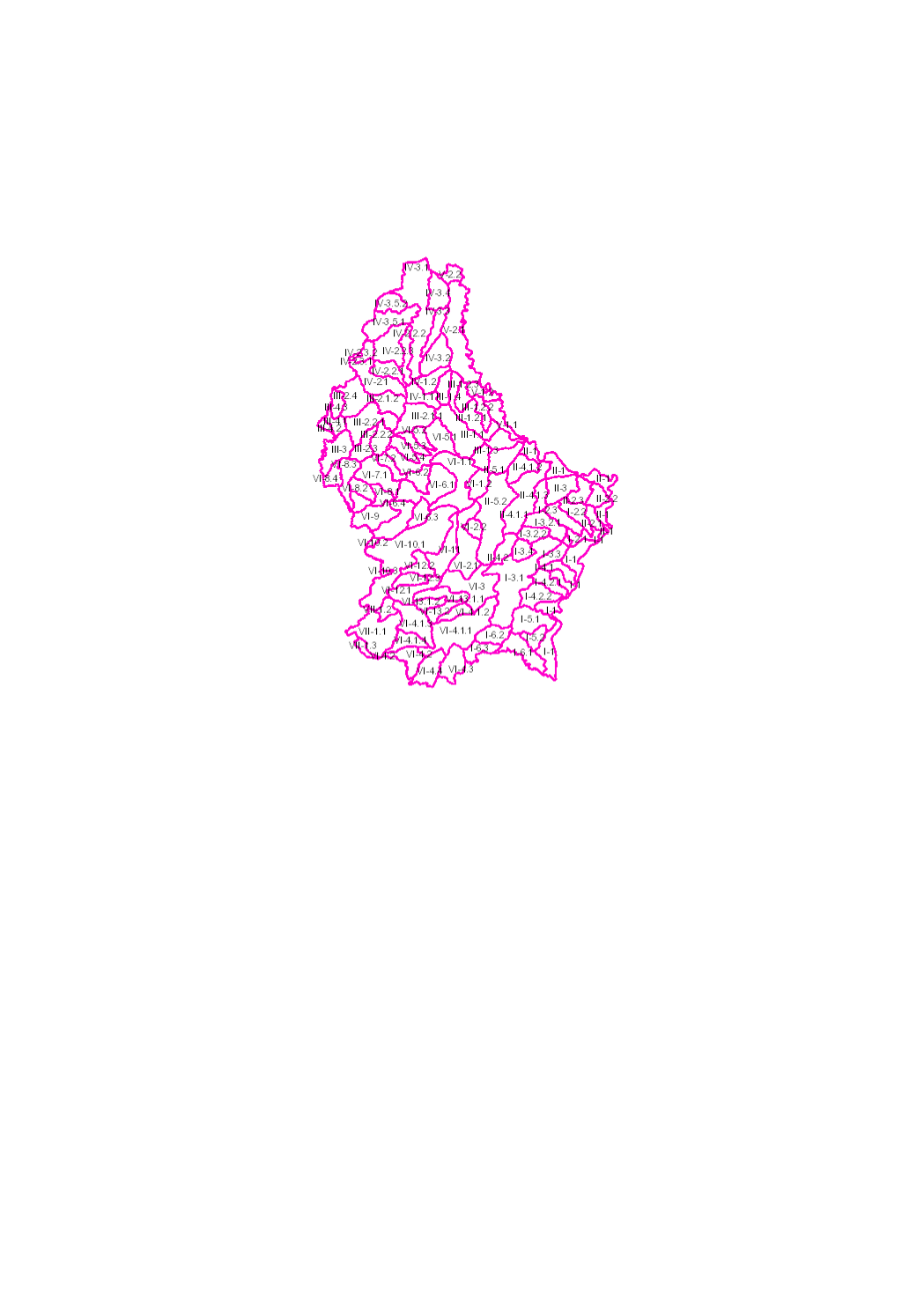
The surface water of Luxembourg are subdivided in 102 water bodies. The identification of water bodies is based on geographical and hydrological determinants. 3 surface water bodies are integrated in the river basin of the "Chiers", part of the river basin district of the Meuse. 99 surface water bodies are integrated in the river basin of the "Moselle", part of the river basin district of the Rhine.
-
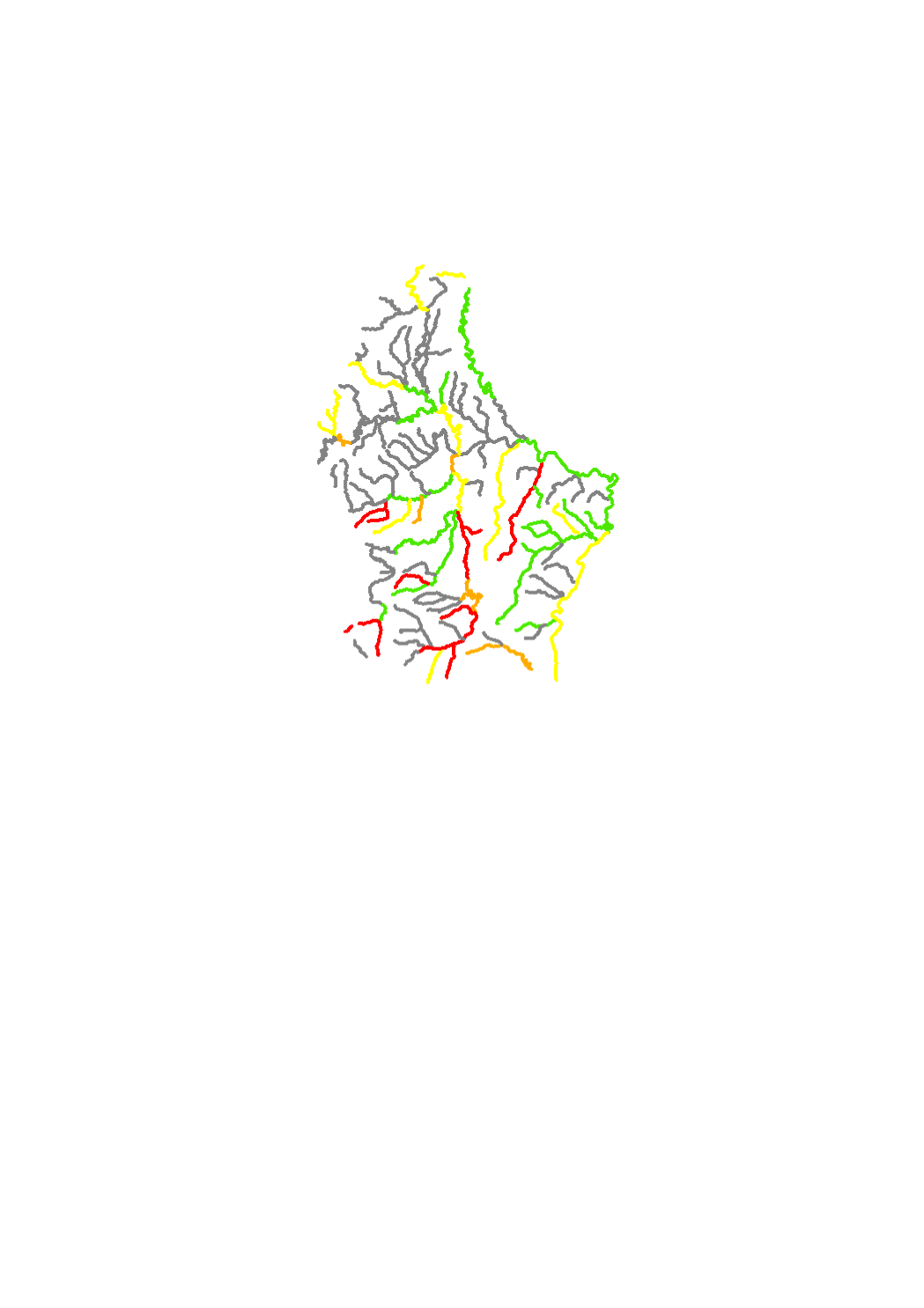
According to the water framework directive (Directive 2000/60/CE), the biological parameter fish are monitored in surface water bodies in order to determine the ecological status. Fish react sensitively to the continuity and the hydrological flow of surface water. Fish are therefor sampled in the SWB which have deficits here. The methodology applied for sampling is the standard NF EN 14962:2006 "water quality − guidance on the scope and selection of fish sampling methods".
-
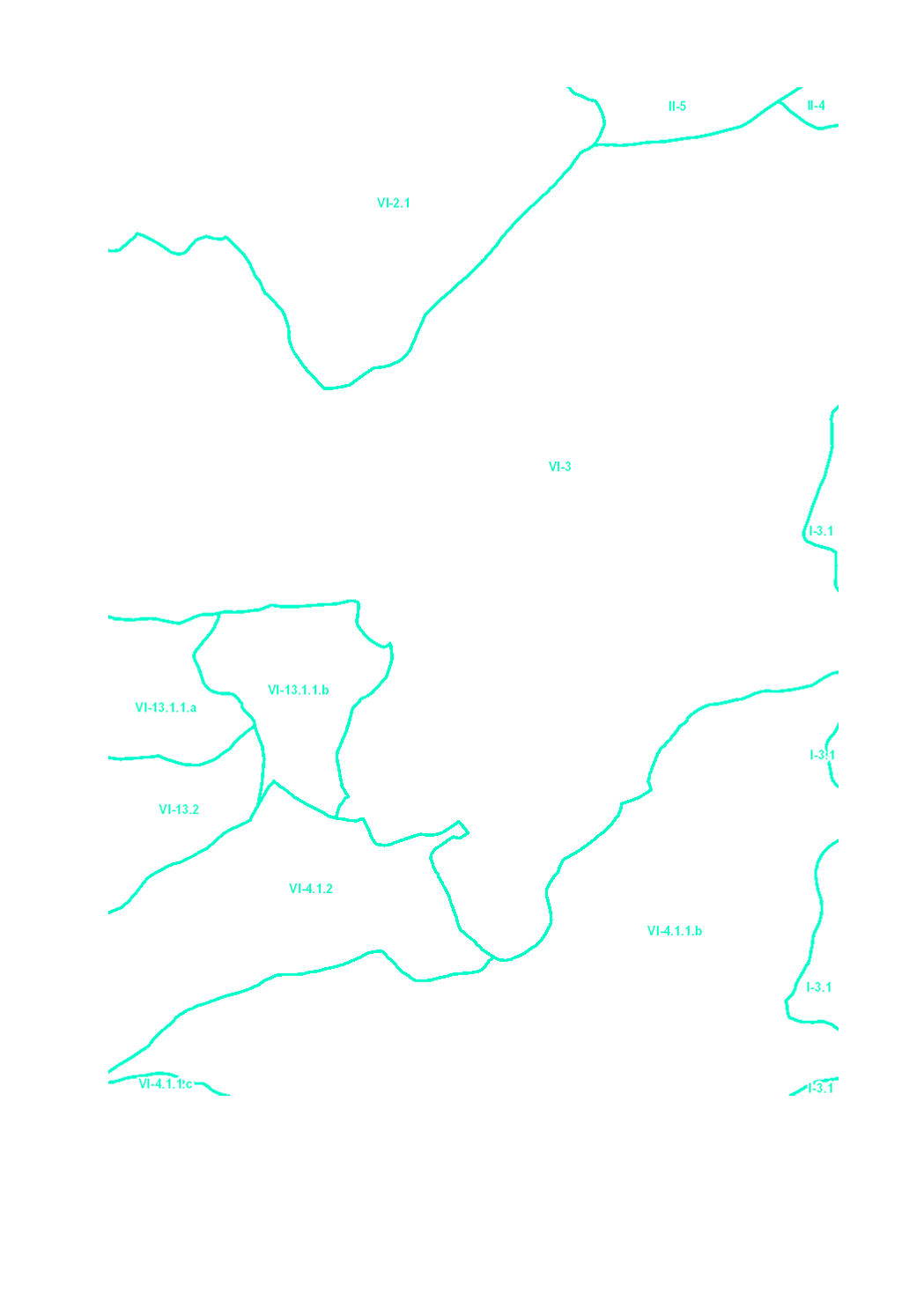
The surface water of Luxembourg are subdivided in 106 water bodies. The identification of water bodies is based on geographical and hydrological determinants. 3 surface water bodies are integrated in the river basin of the "Chiers", part of the river basin district of the Meuse. 103 surface water bodies are integrated in the river basin of the "Moselle", part of the river basin district of the Rhine.
-

A groundwater body is a distinctive volume of groundwater inside one or more aquifers. The identification of a groundwater body is made by geological criteria. A groundwater body is a management unit in order to evaluate the environmental objectives (good status) according to article 6 of the national water law of the 19th December 2008.
-

The surface water of Luxembourg are subdivided in 102 water bodies. The identification of water bodies is based on geographical and hydrological determinants. 3 surface water bodies are integrated in the river basin of the "Chiers", part of the river basin district of the Meuse. 99 surface water bodies are integrated in the river basin of the "Moselle", part of the river basin district of the Rhine.
-
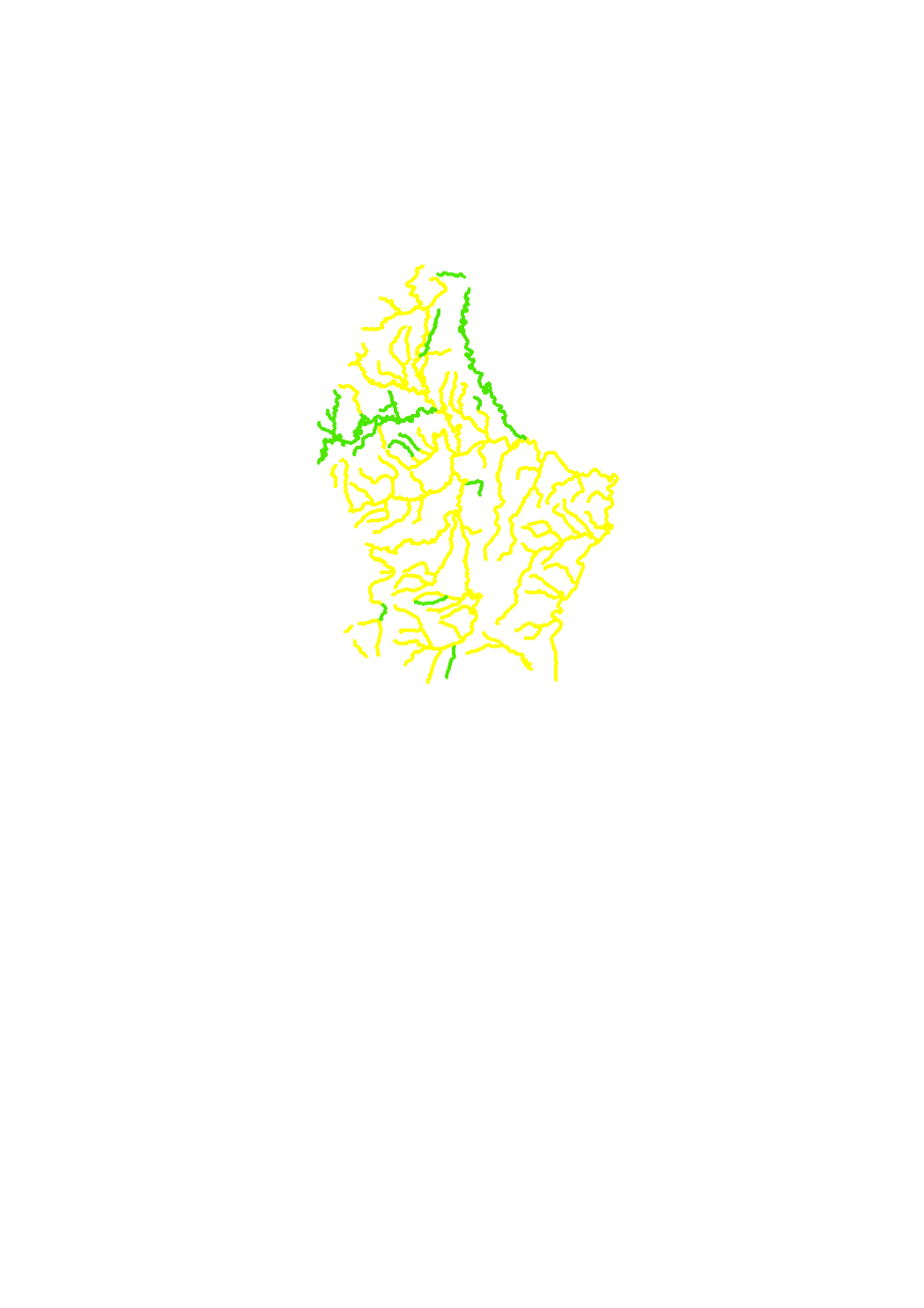
According to the water framework directive WFD(DIR 2000/60/CE), important physico chemical parameters are measured in the surface water bodies for the assessment of the ecological status. The modalities for this monitoring are stated in the grand ducal Regulation of 30 December 2010 (règlement grand-ducal you 30 décembre 2010 concernant l 'évaluation of the dimension d' eau de surface).
 geocatalogue.geoportail.lu
geocatalogue.geoportail.lu